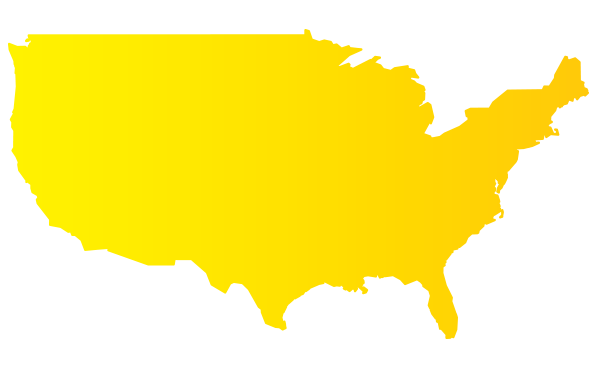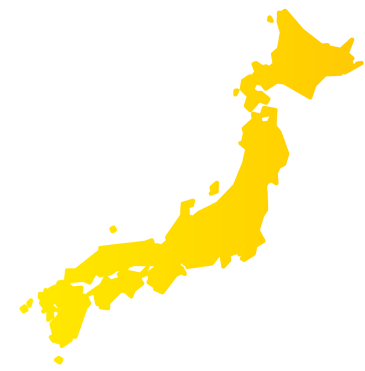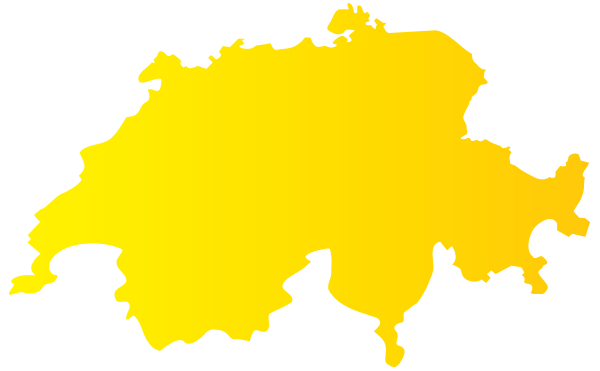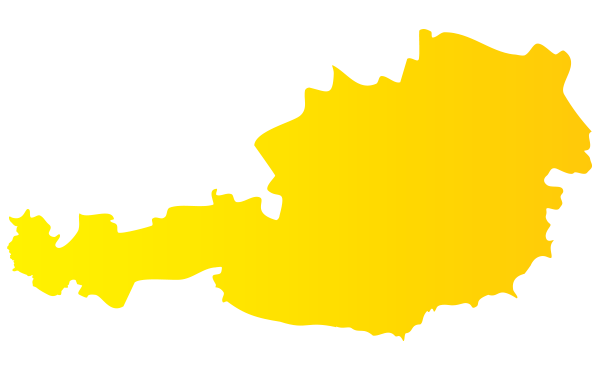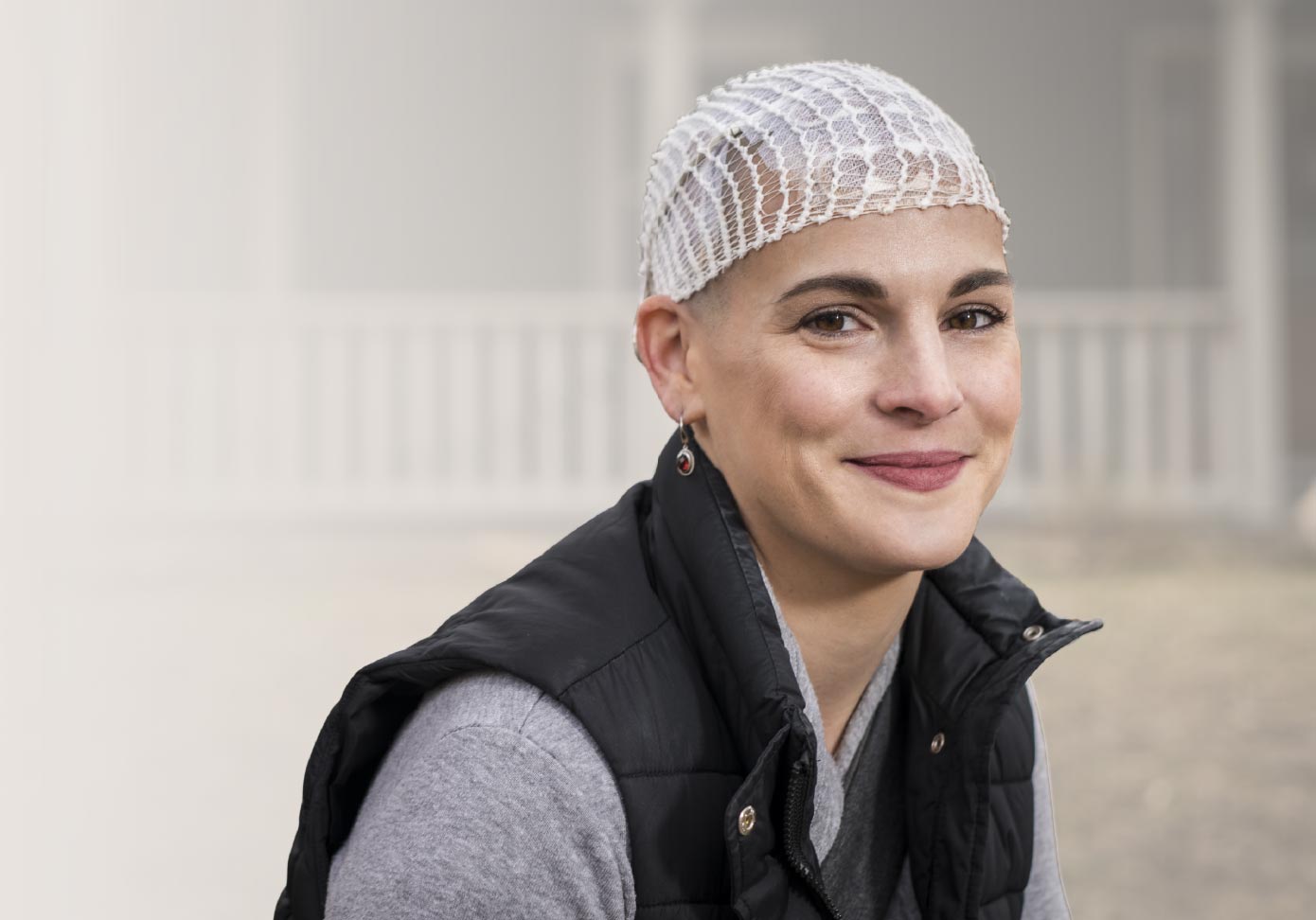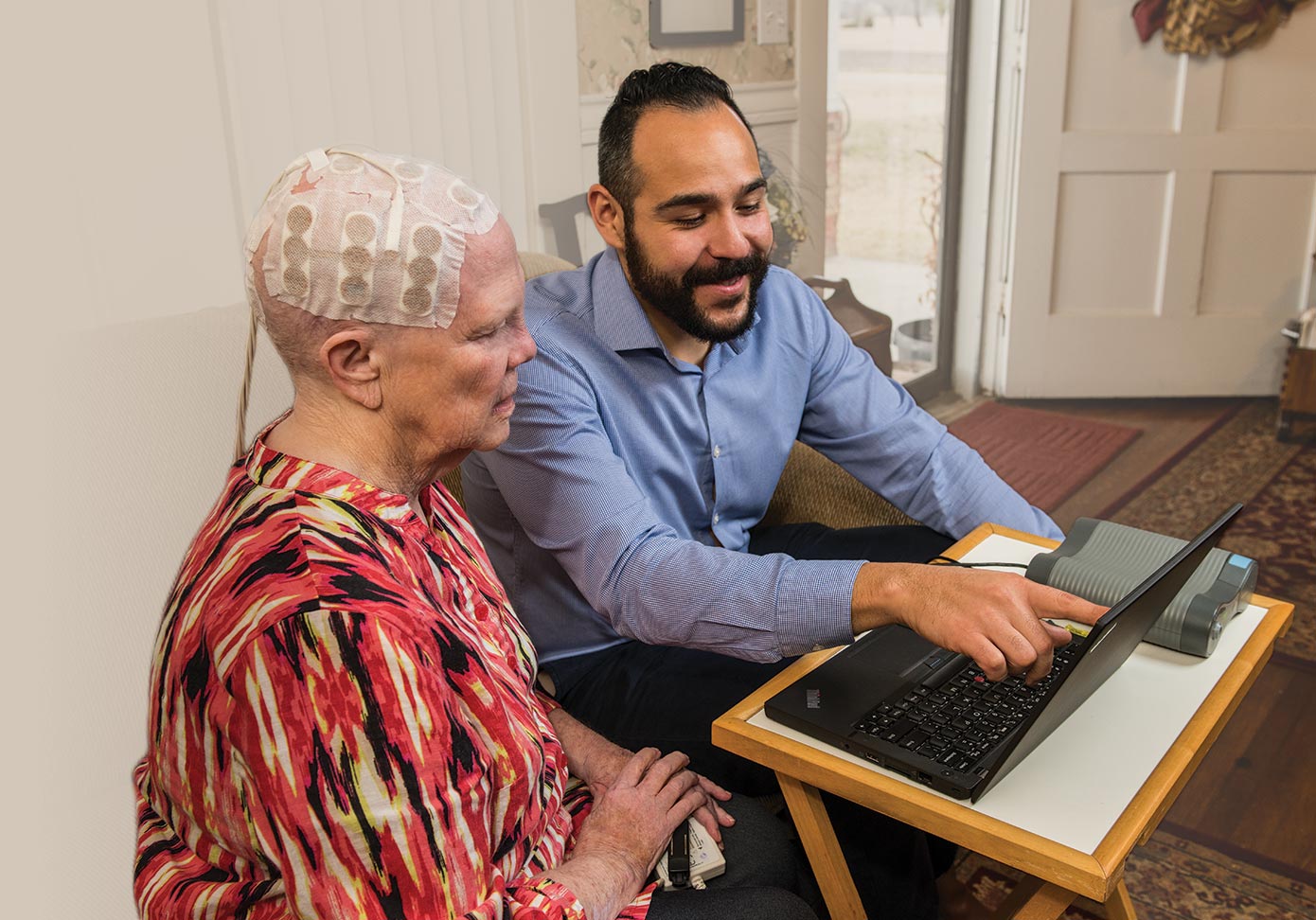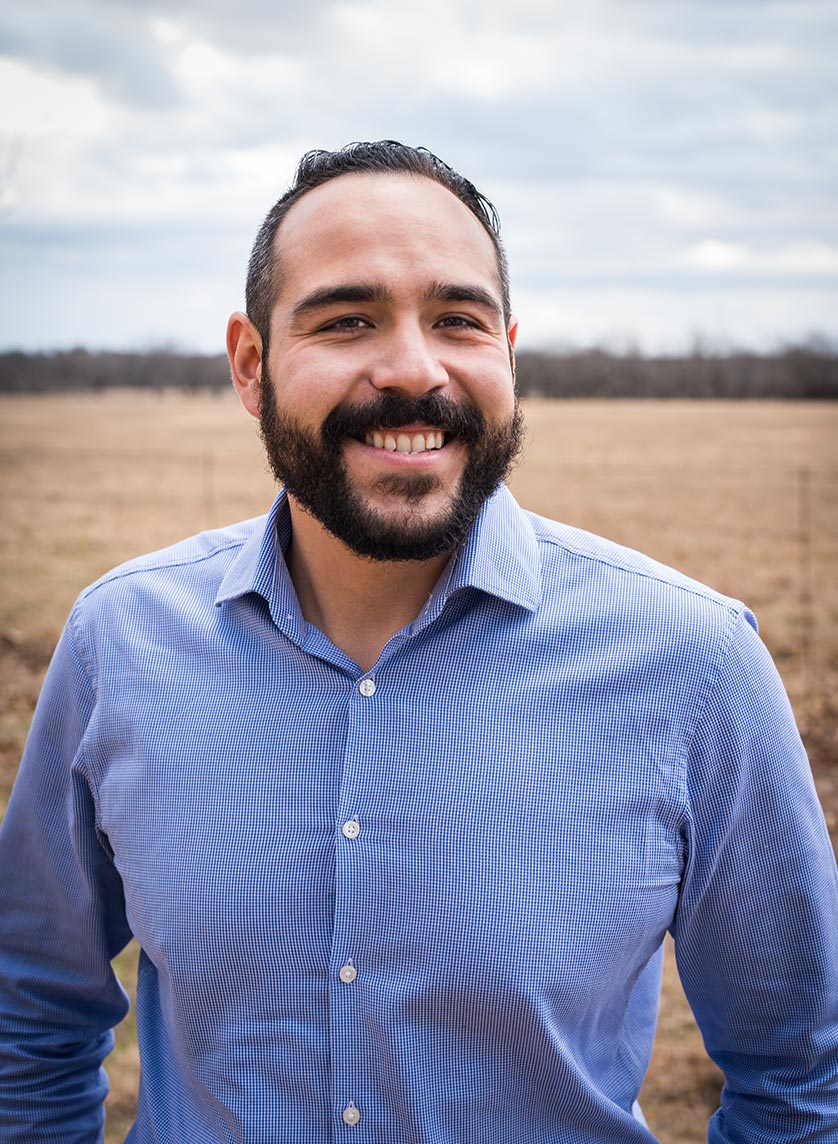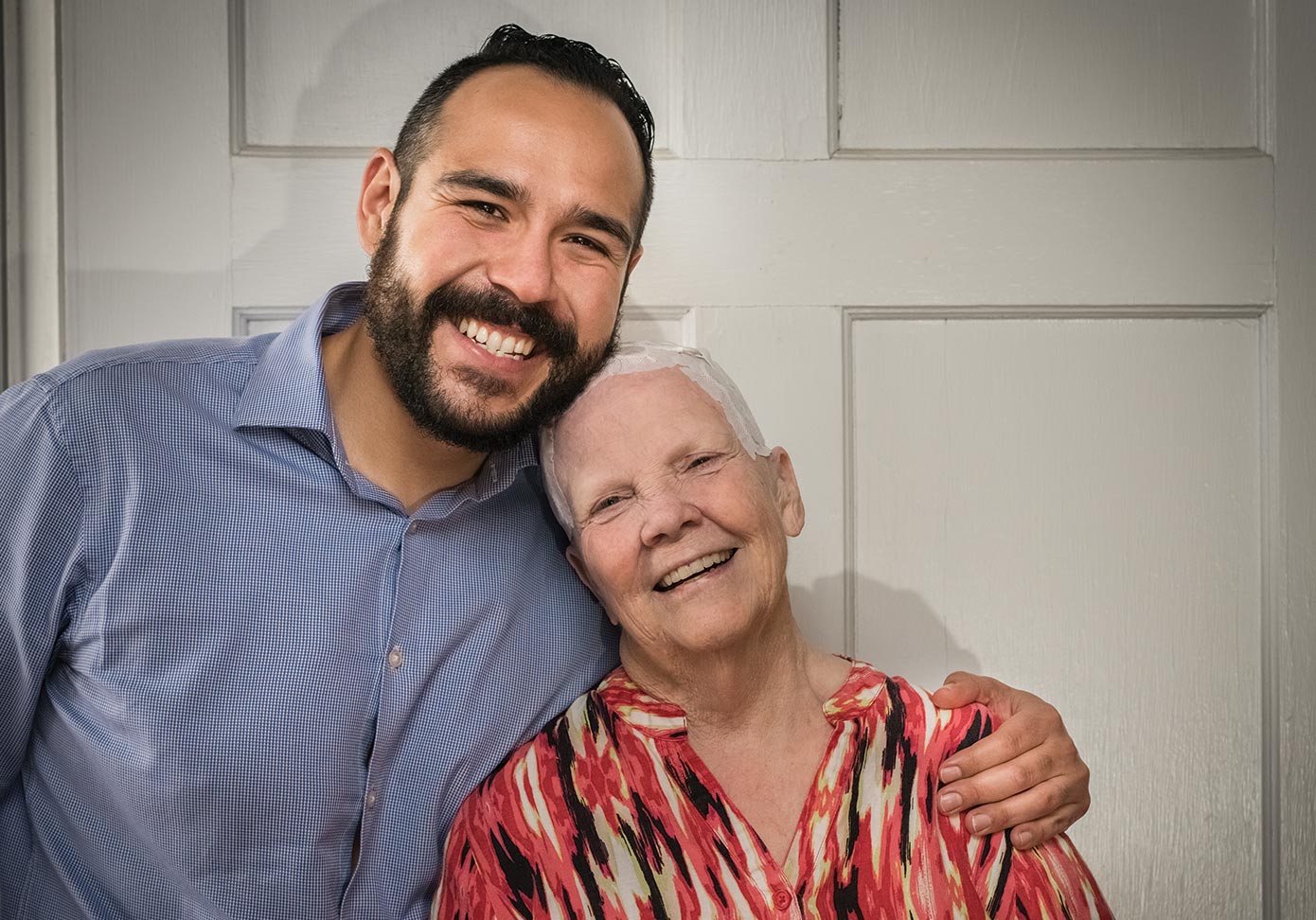After her second son was born, Nikki Woolfolk began experiencing panic-like anxiety. Despite medical care and therapy, her symptoms persisted. Her primary care physician referred her to a neurologist, who ordered an MRI. The results showed a tumor in her brain.
After having surgery to remove the tumor, Nikki learned she had GBM. Despite the severity of her diagnosis, she felt relieved to know the cause of her anxiety, which turned out to be minor seizures.
Nikki, 32, of Lawrence, Kansas, felt helpless when she didn’t know what was causing her anxiety — having a diagnosis gave her a sense of control.
“Now we can take action,” she said, recalling the moment she received the diagnosis. “I was in go mode. Keep going, take action and do what my doctors tell us to do.”
“The scariest part of my whole experience thus far was when I didn’t know what was going on,” she said.
Nikki doesn’t view herself as a patient. After she was diagnosed, she started dressing up more to improve her confidence.
“I need to face this anyway,” she said. “I can try to make it a little bit better.”
Nikki works part time at a local hospital as a physician recruiter. She decided to work part time before her diagnosis to spend more time with her children, Eli, 5, and Beau, 2. On her days off, Nikki sometimes takes her boys to take gymnastics classes. The Woolfolks also enjoy bicycling and boating. Her husband, Chess, runs his own business and has some flexibility, which helps him prioritize time with his family as well.
Nikki is grateful that her part-time work schedule affords her more time with her children.
“I want my kids to remember this time, no matter what happens long term,” she said. “We have a really close family, and we’re going to take care of each other no matter what.”
